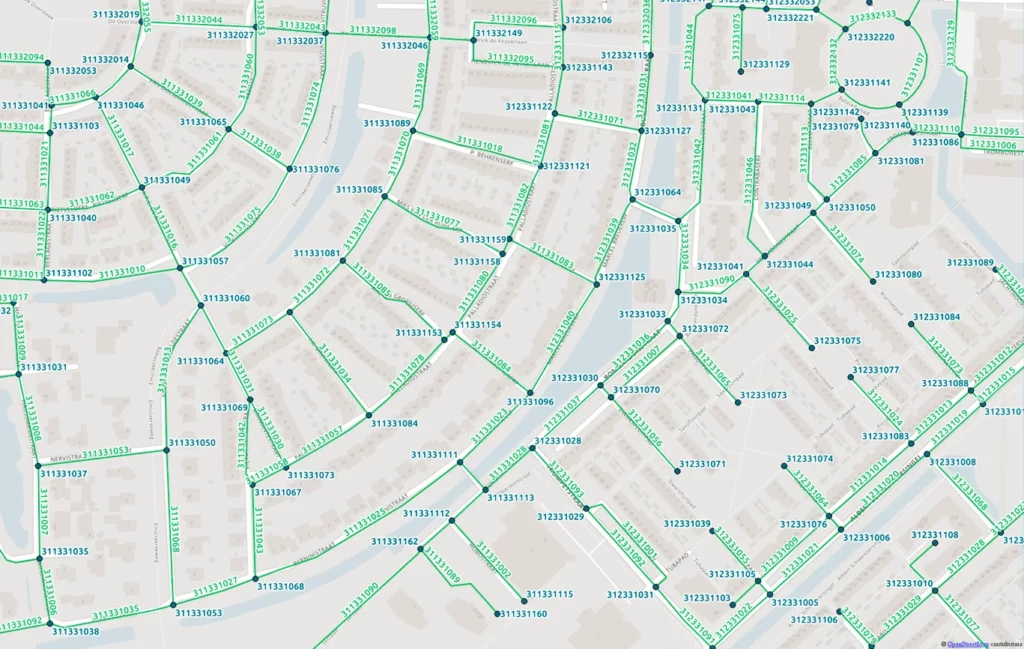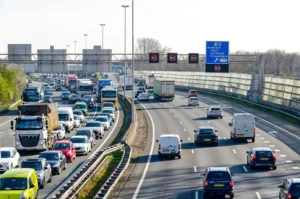
Location referencing and maps
Part 3
Location referencing has to do with maps. But what are maps, exactly? In this blog post, you will get a quick introduction into maps: What can maps be used for? And how should they not be used?
Traffic information in your car
What is a map, exactly?

Maps consist of links and junctions
Use maps wisely

- 160287250
- 160287251
Maps differ

Which of the two maps is ‘right’? Well, I guess they’re both right. Each map maker produces his or her own representation of the road network. That naturally results in different maps.
Maps change

These version differences can also have a big impact. Let’s say there is a company, that has lots of data stored, using link IDs of NWB-2010. Then, at some point, they want to upgrade to NWB-2015. If they do not have a method available to automate this upgrade, they will have to do all the work by hand. As a map could easily contain millions of links, doing all the checking and mapping by hand is months of work.
We need location referencing
How is that even possible? I could use a piece of software called an encoder, to translate my link IDs to a location reference, using my map-database (OpenStreetMap). The location reference (for example, in OpenLR, a location referencing method developed by TomTom, donated as a free software project to the open source community) then describes the location of the traffic jam, in a way that is map-independent. You could then use a decoder to find the corresponding map links on your map (NWB-2015).

To get back to encoding and decoding: Drawing a blueprint from an existing building, would compare to encoding map links to a location reference. Decoding this location reference on different map, then compares to building a another building, according to this blueprint.
Never use link IDs as location reference
Problems related to storing or providing data using link IDs, can usually be solved by implementing some form of location referencing. Do you feel you need help? Perhaps Simacan can be of assistance.
This might also interest you:

Linear location referencing methods
Understanding linear location referencing methods is crucial for precise navigation and transport management. These methods, such as route-based, relative, and absolute referencing, allow logistics and

Introduction to top location referencing methods
Location referencing is the foundation of modern logistics and transport management, enabling precise tracking, efficient route planning, and seamless supply chain operations. From geospatial coordinates

